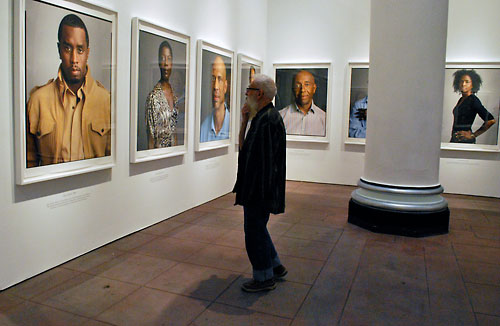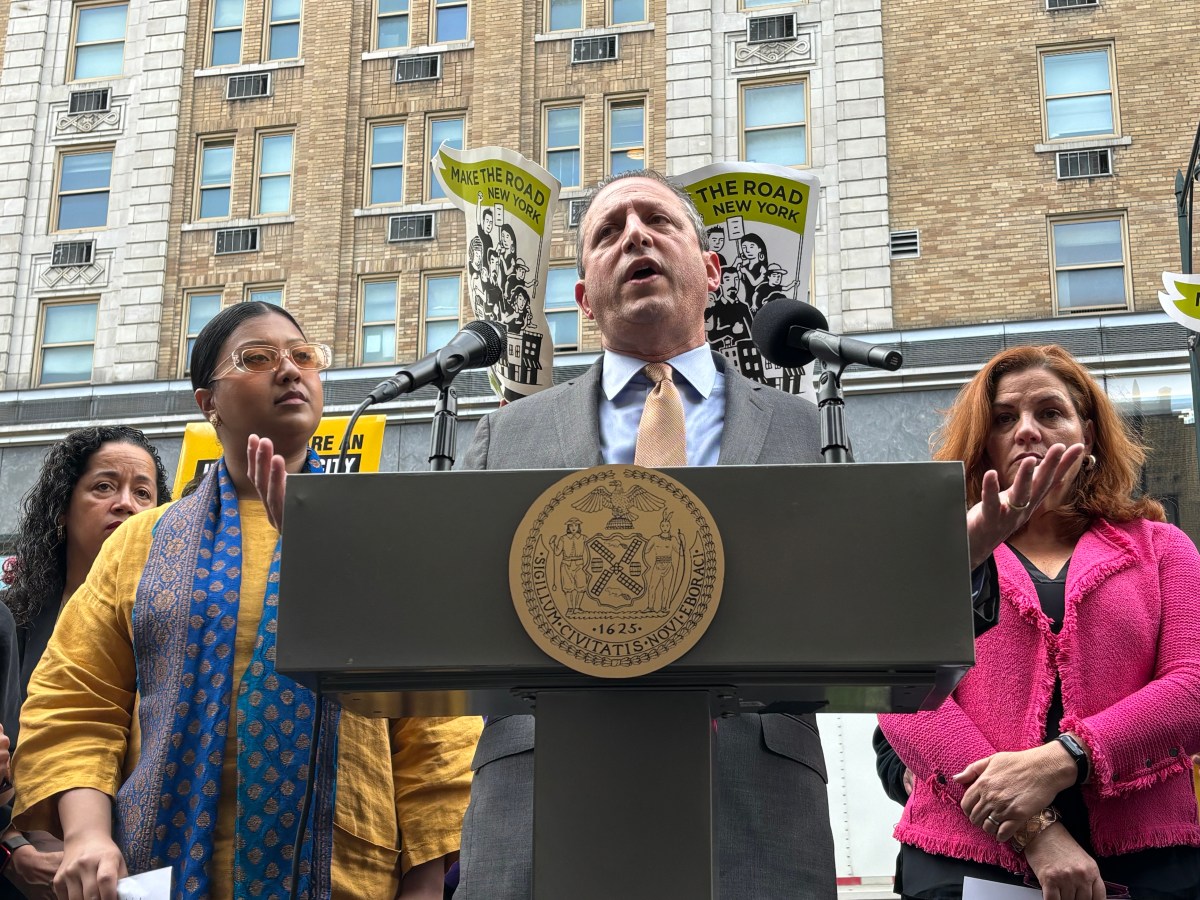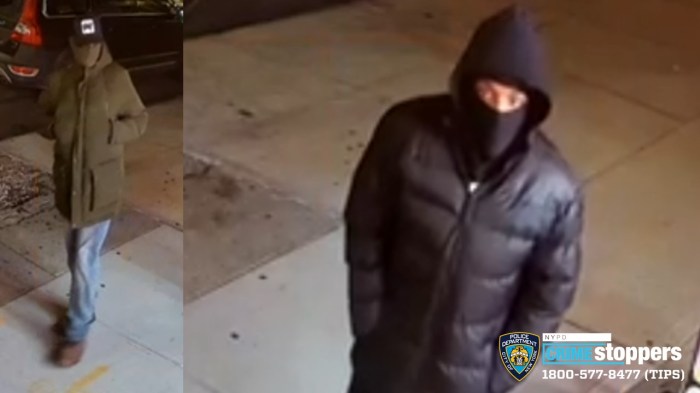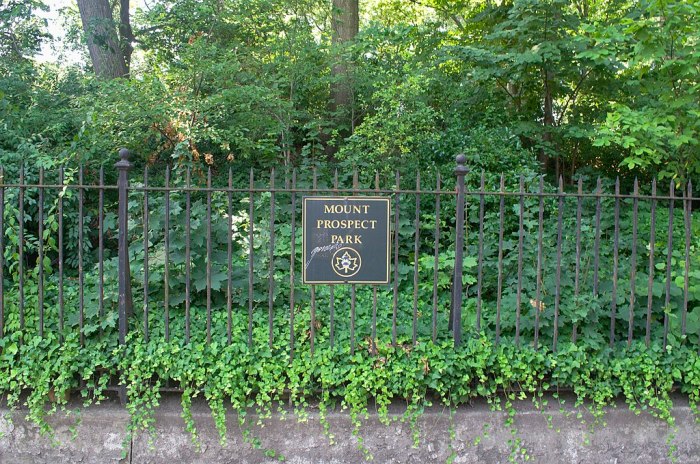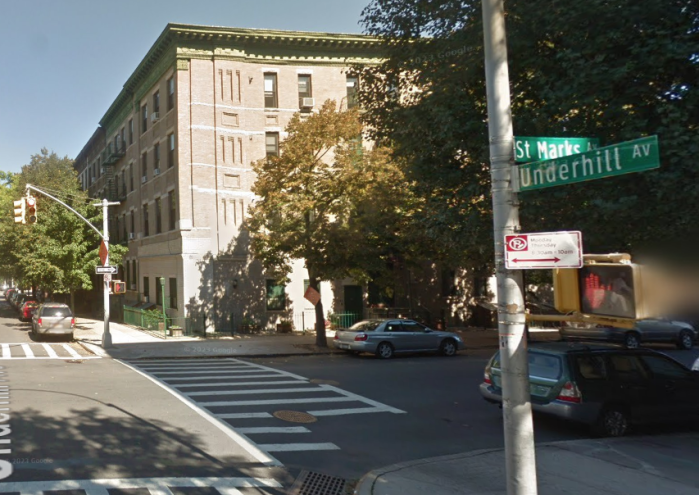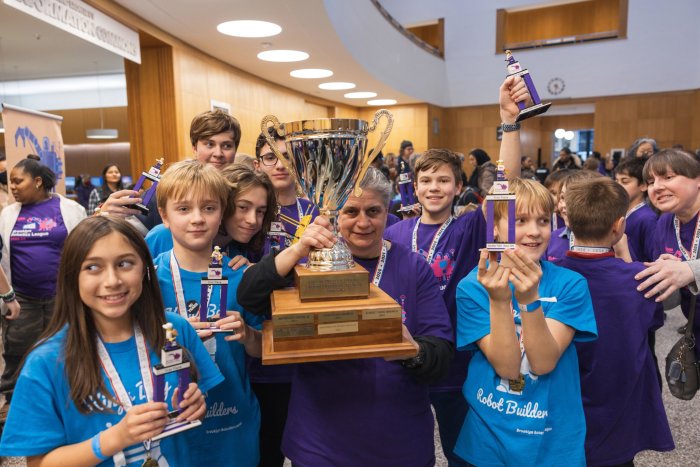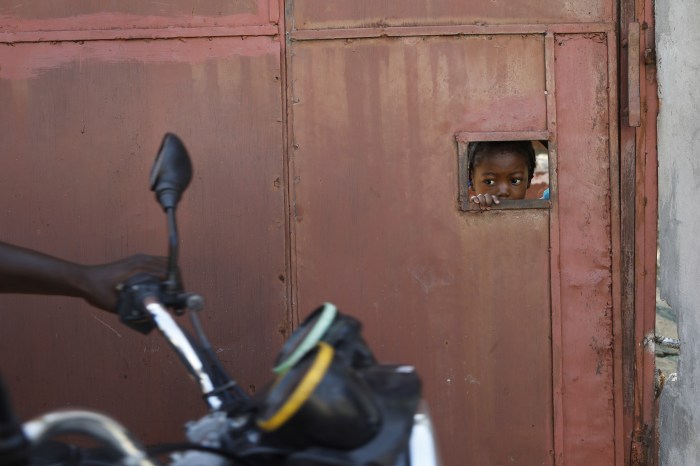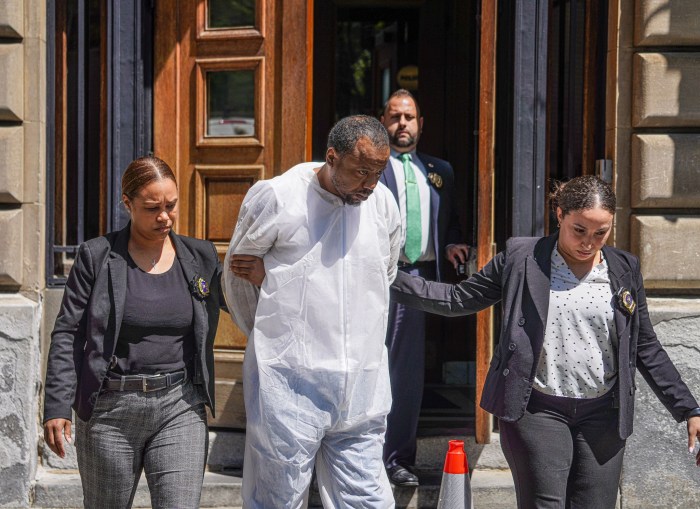What is the difference between museum-quality art and a quality art book?
At the Brooklyn Museum, not all that much. The Museum’s new show, “The Black List,” mostly exists to maximize exposure for photographer Timothy Greenfield-Sanders and writer Elvis Mitchell’s documentary and book about the black experience in America.
“The Black List” features 25 large-scale Greenfield-Sanders portraits, plus video interviews conducted by Mitchell. Those interviews have already been televised on HBO and the book of Greenfield-Sanders’s portraits are on sale in the gift shop downstairs, giving “The Black List” an inescapable commercial feel.
This is an odd exhibit because its very existence raises questions about what differentiates a museum exhibit from something a viewer might get at a boutique bookshop or by clicking on his remote control.
But at the end of the day, “Black List” does add to the otherwise routine HBO documentary. The subjects range from tennis player Serena Williams to Rev. Al Sharpton to comedian Chris Rock to author Toni Morrison. To get the full effect, a visitor should spend time looking at the portraits, which in turn look poignantly yet blankly back at the viewer.
The exhibit is geared to provide a chance to view Greenfield-Sanders’s great portrait photography, and stand and ponder about what makes for a good portrait. The subjects have a natural gaze on their faces, and stare forward at Greenfield-Sanders’s camera. The pictures are the result of a huge undertaking, both metaphorically and physically speaking. For the project, he used 8-inch-by-10-inch negatives, which were scanned and printed digitally.
The juxtaposition of watching Mitchell’s interviews and viewing the portraits mere feet away gives personality to both formats.
Among the best portraits was of Faye Wattleton, the first black president of Planned Parenthood, because of the earnest and proud expression in her eyes and in her stance. But viewers get the exact opposite feeling from her interview on the screens around the corner. Here, Wattleton had more smiles, laughs and a brighter face. But it’s entwined, of course: the interviewed showed off a woman confident enough to be photographed in that bright fuchsia dress, the one who told Mitchell and told us about her role in helping black women prevent unwanted pregnancies. Knowing more about Wattleton makes her portrait appear stronger, prouder and bigger.
Last year, the museum showed off work by another famous portrait photographer, Annie Leibowitz, many of which showed off celebrities in their celebrity guise. But with Greenfield-Sanders, the portraits are stark, raw and honest. Little styling was done, he said at the exhibit opening, and most of the portraits were one of only 8 or 10 frames made during the shoot.
As with any list, there will be discrepancies of who else should have been included, and who could have been left off. Do we really need to hear more from Al Sharpton? Clearly not. But the exhibit does offer the story of Mahlon Duckett, a Negro League baseball player in the 1940s who is the living embodiment of the dehumanification of racism in
America.
The exhibit is geared to give viewers the full package of the impact of “The Black List,” but it remains to be seen if anyone sees that larger message after seeing the seemingly simple portraits hanging on a wall.

“The Black List Project” will be on display from Nov. 21 through March 29 at the Brooklyn Museum [200 Eastern Pkwy., at Washington Avenue in Prospect Heights, (718) 638-5000]. Open Wednesday–Friday, 10 am–5 pm; weekends, 11 am–6 pm.


